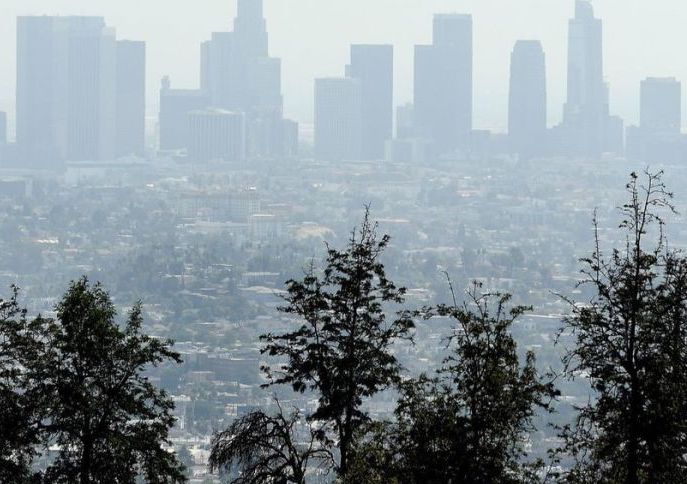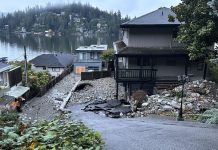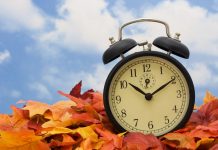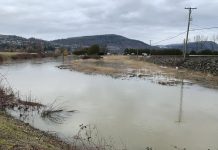Southern Californians might remember the summer of 2018 for its sweltering heat waves, record ocean temperatures and destructive wildfires. But it also claimed another distinction: the summer we went nearly three months without a day of clean air.
The region violated federal smog standards for 87 consecutive days, the longest stretch of bad air in at least 20 years, state monitoring data show. The streak is the latest sign that Southern California’s battle against smog is faltering after decades of dramatic improvement.
The ozone pollution spell began June 19 and continued through July and August, with every day exceeding the federal health standard of 70 parts per billion somewhere across Los Angeles, Orange, Riverside and San Bernardino counties. It didn’t relent until Sept. 14, when air pollution dipped to “moderate” levels within federal limits for ozone, the lung-damaging gas in smog that triggers asthma and other respiratory illnesses.
It’s not unusual for Southern California summers to go weeks without a break in the smog, especially in inland communities that have long suffered the nation’s worst ozone levels. But environmentalists and health experts say the persistence of dirty air this year is a troubling sign that demands action.















